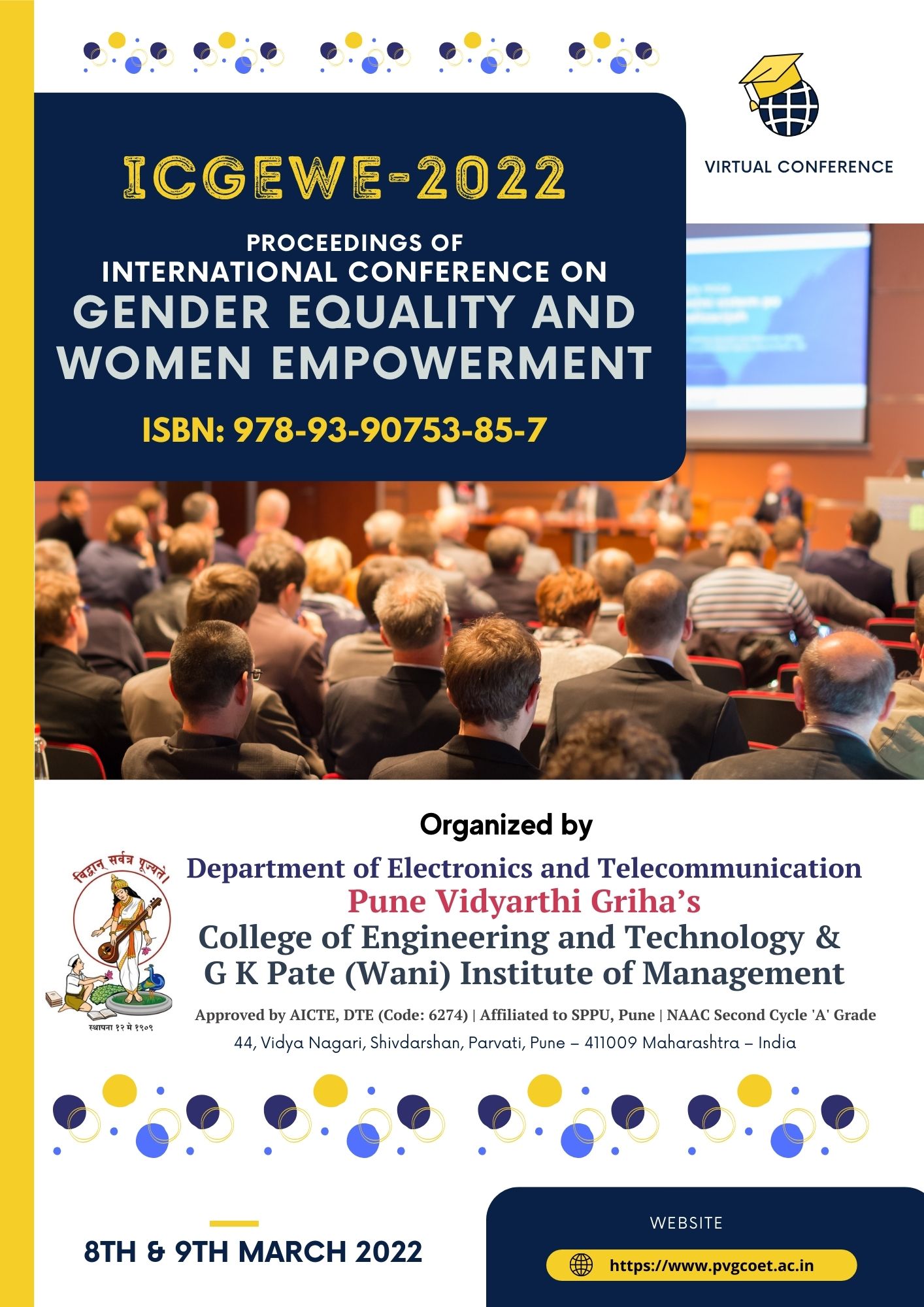EMPIRICAL STUDY ON THE CHALLENGES AND IMPACT OF FEMALE LABOUR FORCE PARTICIPATION IN TAMIL NADU
Keywords:
Culture,, debatable,, empowermentAbstract
Normally, women are not only considered as valuable resources but also more determined in their aspirations than men. On one side, from the religious perspective women are treated with a high degree of respect in a country like India, but at the same time on the other side Indian culture has a long history with respect to women access to public domine such as on education, employment, dress code, public entertainment avenues with lots of restrictions. The policy changes such as liberalizations and modernizations have made a significant impact on women with respect to socio-cultural changes in Indian Society. The vicinity of reach out of women in education, the state of emancipation, awareness, and association of the women to fight for their political, socio-economic, property, and for other rights and privileges are stunned the society. Hence, the earning ability of women gives more importance and builds self-confidence to them to pursue, provide better education and employment platform for themselves and for their kids irrespective of the rural or urban, middle or upper-class sections in the society. The state of socio-economic empowerment status of the women is started using as a development indicator in the global scenario. But, the increased opportunities for women in different aspects whether it has been tapped by them in a real sense as it was intended is a debatable question in Indian Society. That is why the authors have taken the initiative to study the real facts of the women especially the working women with respect to their socio-economic, cultural, political and empowerment status of them in this paper. This paper is based on primary data collection with a scheduled questionnaire. Three different Districts have been chosen to represent Urban, Semi-urban and Rural regions in Tamil Nadu. The raw data is computed in SPSS and the empirical outcome of the study is taken using econometric techniques such as Linear Regression, LOGIT and PROBIT model.
References
Attanasio, Orazio, Low, Hamish and Virginia S·nchez Marcos. 2008. Explaining Changes in Female Labor Supply in a Life-Cycle Model. American Economic Review, 98, no. 4: 1517-1542.
Bethencourt, Carlos and Jos È VÌctor R Ìos-Rull. 2009. On the Living Arrangements of Elderly Widows. International Economic Review, 50, no. 3: 773-801.
Cavalcanti, Tiago V. de V. and Jose Tavares. 2008. Assessing the Engines of Liberation: Home Appliances and Female Labor Force Participation. Review of Economics and Statistics, 90, no. 1: 81ñ88.
Del Boca, Daniela and Christopher J. Flinn. 2014. Household Behavior and the Marriage Market," Journal of Economic Theory, vol. 150(C), 515-550.
Eckstein, Zvi and Osnat Lifshitz. 2011. Dynamic Female Labor Supply. Econometrica, 79, no. 6: 1675ñ1726,
Jacquemet, Nicolas and Jean-Marc Robin. 2012. Assortative Matching and Search with Labor Supply and Home Production. Manuscript, Science Po (Paris).
Olivetti, Claudia. 2006. Changes in Women ís Aggregate Hours of Work: The Role of Returns to Experience. Review of Economic Dynamics, 9, no. 4: 557-587.
Prescott, Edward C. 1986. Theory Ahead of Business Cycle Measurement. Federal Reserve Bank of Minneapolis Quarterly Review, (Fall): 9-22.
Schwartz, Christine R. and Robert D. Mare. 2005. Trends in Educational Assortative Marriage from 1940 to 2003.îDemography, 42, (4): 621-46.
Tauchen, George. 1986. Finite State Markov-Chain Approximations to Univariate and Vector Autoregressions. Economics Letters, 20, no. 2: 177-181.
Downloads
Published
How to Cite
Issue
Section
License

This work is licensed under a Creative Commons Attribution-NonCommercial-NoDerivatives 4.0 International License.















